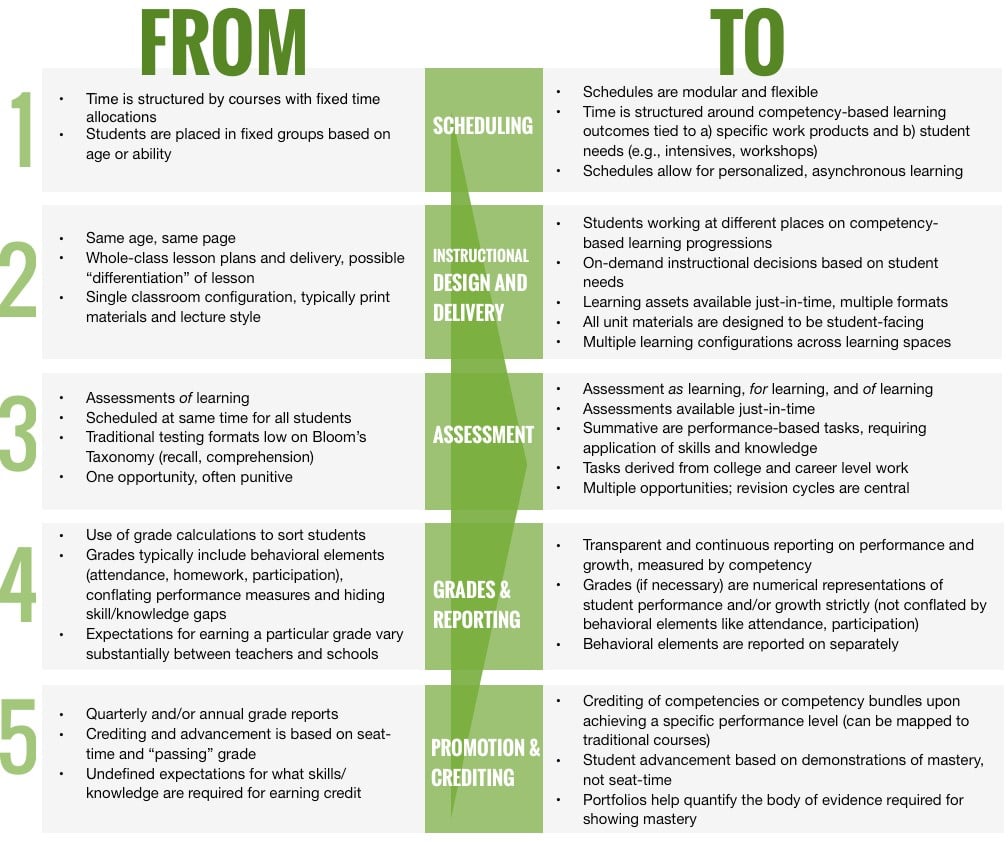Notes to Knowledge: Techniques for Transforming Lecture Material into Mastery
Thousands of students in every class scribble down notes from lectures in the hope that the material on the page will somehow become a firm comprehension. However, note-taking is only the first step. What is the actual challenge? Transforming those notes into lasting knowledge that you can utilize in tests, assignments, and in real life with assurance.
This book is for you if you want to know how to go from simply hearing anything in class to truly understanding it.
The Reason Why Retention is a Problem for the Majority of Students
A lot of students believe that just rereading their notes is all that is necessary to get ready for tests. However, neurobiology paints a different picture. The brain links necessary for long-term memory are not formed by passive review. Students must actively interact with the material by arranging, asking questions, making connections, and using the knowledge in order to truly comprehend it.
Let's investigate how to turn your notes into knowledge that lasts.
Step 1: Take Notes Effectively
Effective learning begins with taking notes in a way that is clear, organized, and focused. Use tried-and-true methods like:
The Cornell Way:
Your website should be divided into three sections: Notes, Cues, and Summary. This aids in reflection and processing later.
Mind Mapping:
Use diagrams to visually link ideas, which will help you remember and analyze complicated concepts.
Digital Notes with AI Tools:
Apps like Notion AI and Obsidian enable you to tag, search, and automatically organize your notes, as well as ask queries to help you understand ideas.
Pro Tip: Don't take notes on everything. Concentrate on the most important ideas, definitions, and examples, and save room for your own opinions later.
Step 2: Within 24 Hours, Review
According to the Ebbinghaus Forgetting Curve, if we don't review new material, we will forget more than half of it in a day.
Review your notes on the same day.
Emphasize the primary concepts and pose the question, "Do I comprehend this? "
Use your own words to express ideas.
This straightforward assessment prepares the way for long-term retention by anchoring the information in short-term memory.
Step 3: Streamline and Organize
A cluttered mind results from disorganized notes. Organize your content so that it's simple to return to:
Use flashcards or bullet points to sum up each subject.
Categorize or theme similar ideas.
From complete notes, make cheat sheets or summary sheets.
Raw data is transformed into digestible pieces of knowledge by this process.
Step 4: Employ Active Recall
The strong method of active recall requires you to test yourself instead of just rereading.
Try:
Making flashcards using programs like Quizlet or Anki.
Check your notes after jotting down all that you can recall from memory.
Explaining the idea to someone else (or even to oneself aloud).
Active recall improves memory and quickly reveals flaws.
Step 5: Spread Out Your Reviews
Repetitions are spaced out over longer intervals, allowing you to study the subject right before you're about to lose it.
Employ an SRS (Spaced Repetition System) such as Anki.
Each week, plan mini reviews of previously covered material.
Concentrate more on challenging subjects and less on what you've already learned.
As a result, your mind is trained to retain the information in long-term memory.
Step 6: Make a Connection to Real-World Scenarios
Remembering alone is insufficient. Ask yourself:
Why is this significant?
In my field of study, or in actual life, how does this apply?
The more significant the information seems, the more likely your brain will retain it. Make comparisons, use analogies, and look for real-world applications.
Step 7: Practice with a Purpose
Practice leads to mastery:
Complete practice questions or solve past papers.
Work on case studies or projects pertaining to the subject.
Participate in study groups to learn via conversation.
What you learn becomes yours the more you put it into practice.
Last Remarks: Notes Are Only the Beginning
Mastering lecture notes isn't a miracle; it's a process. The goal is to be deliberate, proactive, and consistent in your learning strategy. Rather than merely gathering knowledge, try to comprehend, relate to, and use it.
Don't end there the next time you leave a lecture with a notebook full of doodles. Instead, go through, improve, and convert those ideas into genuine comprehension.


Post a Comment
0Comments